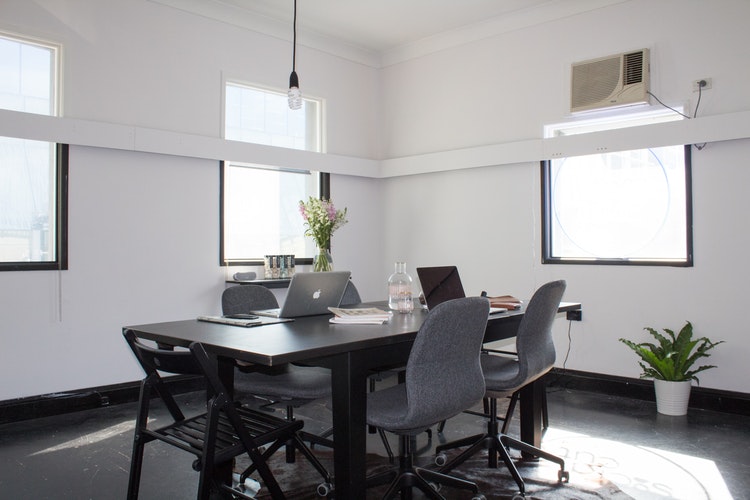If you thought that industrial design had something to do with the Industrial Revolution, you were right. The whole movement in interior design started somewhere at the beginning of the 19th century and it had been steadily gaining popularity ever since. Essentially, industrial design deals with the issue or purpose and it translates it into a spatial definition. Things are designed not to look nice to the eye but to serve their main purpose the best. This is true both for a toaster and a passenger car, but an office space as well. Industrially designed objects are one thing but applying industrial design in the office is whole different ballpark. It takes a whole team of designers to create an industrially designed office but the end result is rewarding as this space enjoys greater quality and longevity. In general, there are three stages in introducing industrial design into any office.
1. Finding the right architect
Design is the first step towards an industrially designed office. Not everybody can create it, so you need to hire an experienced designer. Check their portfolio and if you like their work, feel free to ask people for advice or even go through the comments section of their official Facebook page. In this sense, modern social media like Instagram can help you quickly see the work they have done before. Secondly, the projects they did need to have been commercial, that is, you don’t want to hire a home designer, as they will not get the essence right.
Unless you have bought or rented out an entirely new office, there exists an additional challenge in the form of combining the fresh industrial look with the old traditional contours. This is where our advice about finding an architect with a lot of experience comes into play. They don’t teach you at university how to combine these styles, do it is the keen eye of the architect that will combine your oak desk with a streamlined copper desk lamp.
2. Hiring labor
Once you have the design drawn out, it is time to apply it. There are numerous renovation companies and the key to choosing the right one is similar to the manner in which you picked out the architect. Experience is the keyword that will ensure that the job gets done efficiently and in a timely manner. Industrial design in the office rarely involves any large-scale construction work, so a quick spruce-up shouldn’t be too hard to execute.
Apart from the experience of their clients, another telltale sign of a good construction company are their toolboxes. One look at the gear and the uniforms they are equipped with and you will immediately know if they mean business. Crews that use cheap screwdrivers, torch lamps, or paint brushes cannot be expected to do a good job. On the other hand, teams of workers who take pride in their wrenches, fiberglass platform ladders and tool trolleys are bound to be dedicated and fastidious. Remember, how much a company invests in its labor and equipment that much you as the client can expect to get back.

3. Planning the budget
Industrial design is not a cheap interior solution. In fact, you might be disappointed once you get the first quota (which are free, by the way). However, always keep in mind that design is not like any of the projects you have executed previously. There is no final end date in a design project because the changes to office décor should be continual. The architect will do his magic and the construction crew their best to make it a reality but it is up to you to upkeep the whole place and refresh it from time to time with novel features. This makes budget planning a nightmare but in general, leave a few thousand dollars for subsequent additions to the interior. Also, if the new design involves any major work like tearing down walls, you should plan for a contingency budget up to 10% of the renovation’s value. You never know what might go wrong once power, water, and gas pipes get severed.
Finally, industrial design, once successfully implemented, will improve employees’ satisfaction and productivity at work. Basically, they will work in a space that only seemingly has random furniture, while the designer carefully planned for everything to boost productivity. The chairs employees sit on are ergonomic in design and even the lounge area has elements that contribute to unwinding after a busy morning.
Don’t worry about losing the uniqueness element of your office space. Although industrial design marks only mass-produced items, the office is not one of them. Shades of metallic and copper elements will actually create a unique effect that will place the workers in a time machine and they will think they are inside a factory from the beginning of the last century. This way, they will feel proud and compelled to work in the office that you have spruced up for their comfort.


